|
This is a guest blog post submitted by the Lab Coordinator Team (pictured above) at HHMI's Janelia Research Campus, who are participating in this year's Freezer Challenge. A recent initiative at the HHMI Janelia Research Campus has scientists and administrative/building operations working together to clean out 22 cold rooms. Janelia’s ‘open science’ model translates into shared and open laboratory spaces throughout the building, including shared ownership of the cold rooms. Since opening in 2006, the Janelia community has grown to more than 800 employees and contractors, and the increased use of the cold rooms has resulted in many becoming overcrowded and in desperate need of cleaning. Prior to the COVID-19 shutdown, 2 of the 22 cold rooms had been tackled using the following approach. Multiple factors led to a crisis in the cold room conditions. Labs that departed Janelia left behind old slides and materials, and many lab materials have been retained unnecessarily post-publication. In addition, unsuitable cold room storage solutions have been used for many years, resulting in mold growth and damage to research materials. After a survey we determined that some would need minimal cleaning while others would require full decontamination. Seeing this need, our Lab Coordinator (LC) Team literally put on our winter coats and stepped in to take on this initiative. The LC Team, while not traditional lab managers, provides administrative support to the labs acting as a liaison between science and operations removing administrative barriers in order to ensure our labs can focus on their science. Traditionally, each LC works closely with four to eight Janelia labs. Here's how we tackled one of our largest projects to-date. After numerous meetings to gather feedback with various stakeholders - Facilities, Housekeeping, Safety Health & Security (SH&S), Communications, Shared Resource Managers and Senior Leadership - the LC Team developed a plan of action. Our intent was to make the process as simple as possible to have minimal impact on our scientists’ schedules. The process also needed to be sustainable long-term and incorporated into our regular work schedule for the next ~16 months. Advance planning is critical for cold room cleaning & organization Timing & Scheduling: Three weeks were allotted for each cold room cleaning. One week to advertise and plan what resources and repairs will be needed for each room; one week to empty, discard, and transfer items; and one week to return the samples to the room in containers appropriate for cold storage. Meetings: Using a checklist developed by the LC Team, we delegated key tasks and had regular meetings to stay on schedule. Creative Advertising: We advertised cold room cleanings to generate enthusiasm and sustain momentum throughout the initiative. Supplies: Pre-ordered appropriate storage containers: plastic vial rack holders of all sizes, light-blocking containers for sensitive samples/reagents, and plastic slide cases. Large rolling carts with plastic ware, gloves, cleaning supplies, slide cases, etc. were positioned outside the cold room for easy access along with chemical disposal bins, biohazard boxes, and two temporary refrigerators. Cleaning Process: Lab members went through their inventory to dispose of unneeded samples/reagents and reorganize remaining samples in new storage containers, using the temporary alternate refrigerators to do this so the cold room was completely empty. With SH&S’s help, a contractor decontaminated the room. Then the facilities team took care of necessary repairs and housekeeping did a heavy-duty cleaning of the floors and racks. We labeled shelving and installed signage before samples were placed back in the cold room. Post Clean Out: Easy to read signage with details of the accepted ways to store samples were posted in the room. Going forward, annual safety inspections performed by our SH&S team will monitor storage in the room and identify areas that need addressing. Recognition: Celebrate accomplishments! After each clean out (two have been completed to-date), we thanked the team and the scientists involved using institution wide communications. There is nothing more gratifying than posting before and after pictures as they have a huge impact! Marie Kondo would be so proud!
By focusing on our cold rooms, here are some of the benefits we’ve already seen:
Written by Victoria Custard, Laura Hart, Alison Howard, Anastasia Osowski, Melanie Radcliff, and Kerry Sobieski at HHMI’s Janelia Research Campus Reminder: the new deadline for the Freezer Challenge is August 1st!
6 Comments
7/22/2021 02:12:57 am
Excellent article! Your post is essential today. Thanks for sharing, by the way.
Reply
1/26/2022 04:59:27 am
My favorite part of this article is chemical disposal bins, biohazard boxes, and two temporary refrigerators are all located in the cold room for convenient access. Someone recently told me about this and it is different from what I understand. Thanks for helping me understand biohazard cleaning.
Reply
2/20/2022 10:21:27 pm
I am grateful that this post highlighted that it is important for us to properly choose the right communication racks for our office. It makes sense as in doing so, it ensures that the wires will be properly organized. I will definitely keep this information in mind when I look to have a communication rack installed.
Reply
3/9/2024 11:18:49 pm
Your recent blog post was a genuine treasure trove of insightful ideas and engaging anecdotes. Your unique writing style, infused with wit, evocative descriptions, and inventive analogies, brought the topic to life in my mind's eye. It felt as though I was accompanying you on the adventure, and I'm excitedly looking forward to your next blog post. I'll be keeping a keen eye out for it.
Reply
4/10/2024 09:02:02 pm
Thanks for the informative blog I found your blog and https://pass-systemsupply.com/ very Informative keep posting
Reply
Leave a Reply. |
Archives
May 2021
Categories |
My Green Lab® and the International Institute for Sustainable Laboratories, and sponsored by various companies with an interest in promoting the most energy efficient cold storage options.


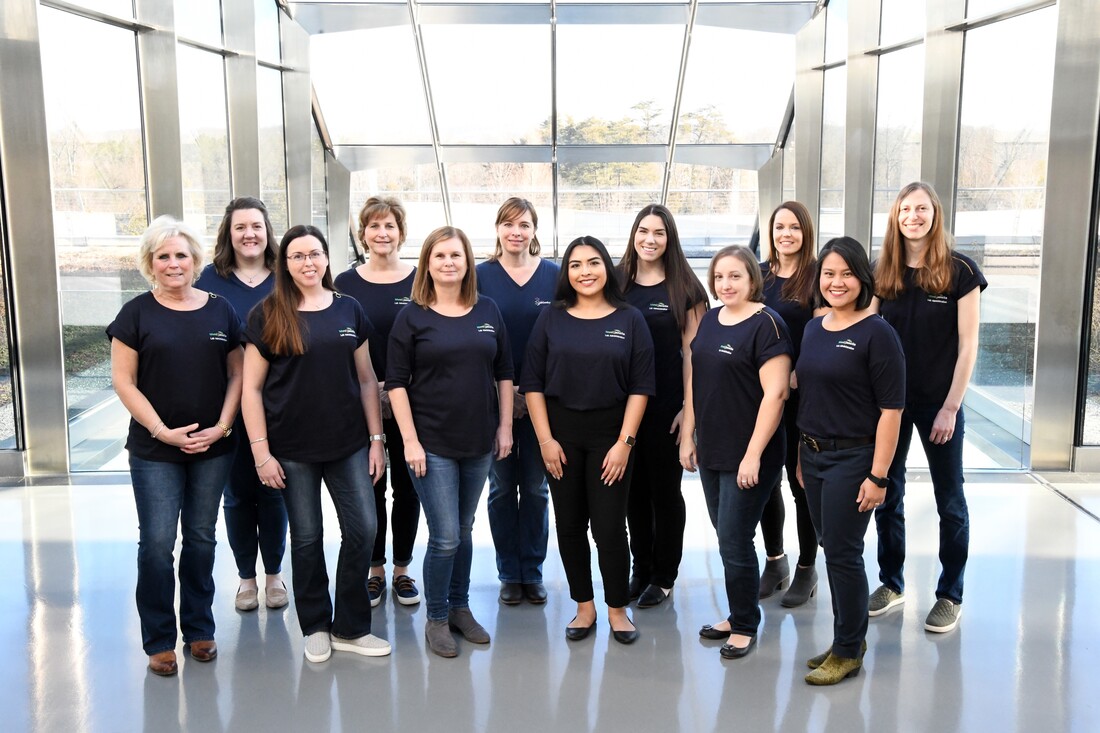
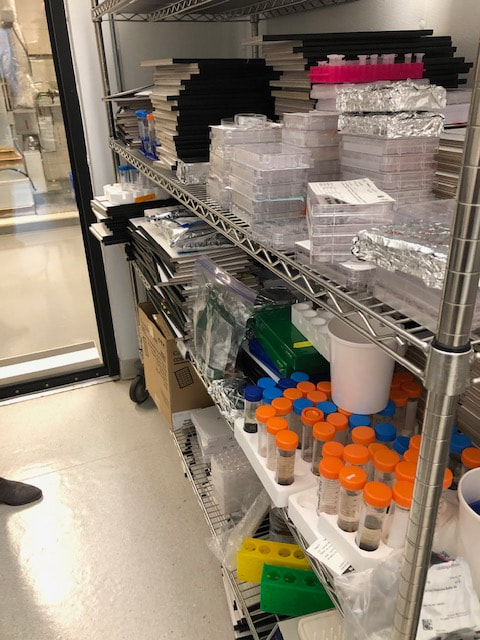

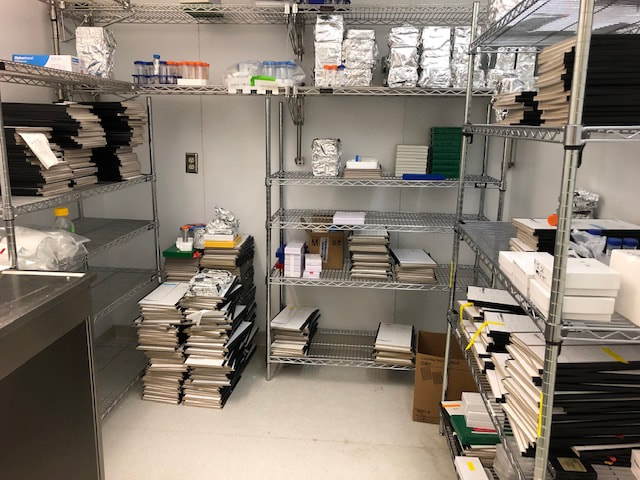
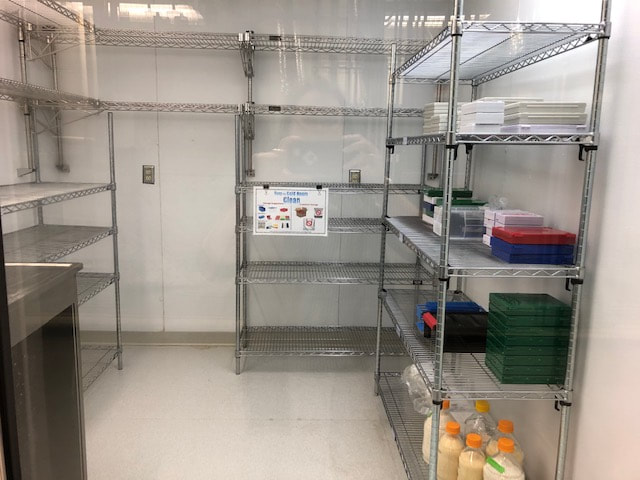
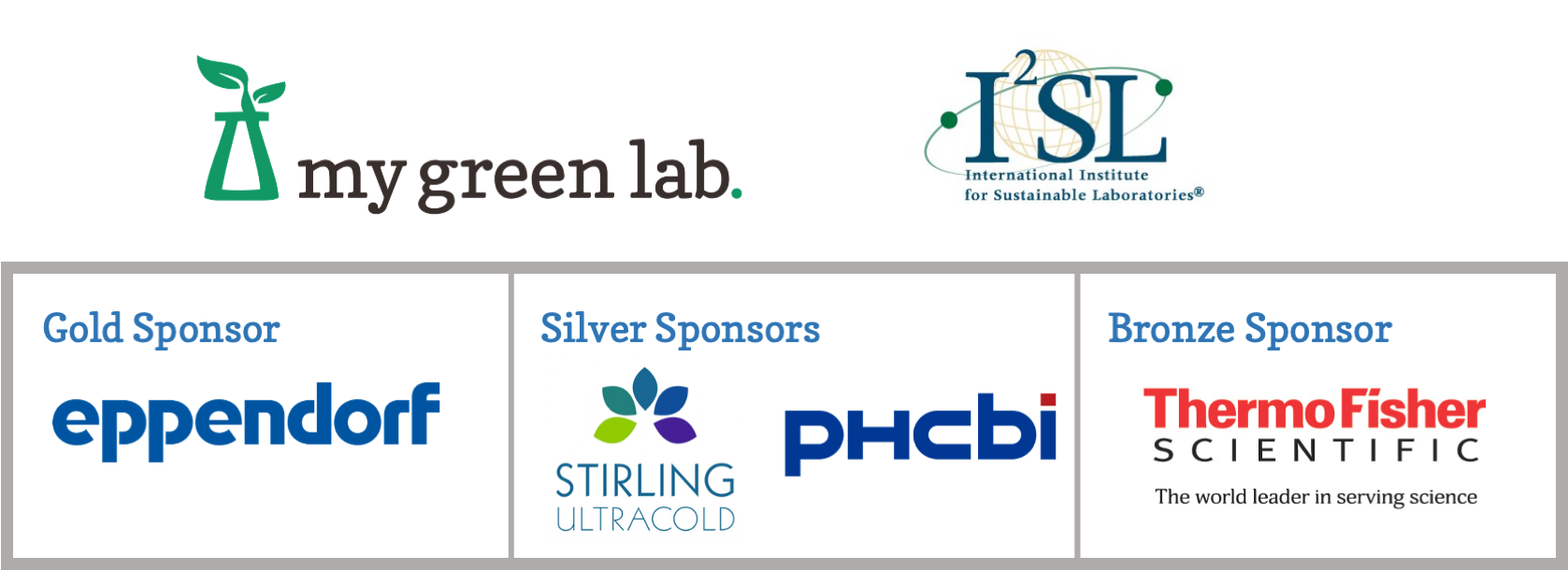
 RSS Feed
RSS Feed

